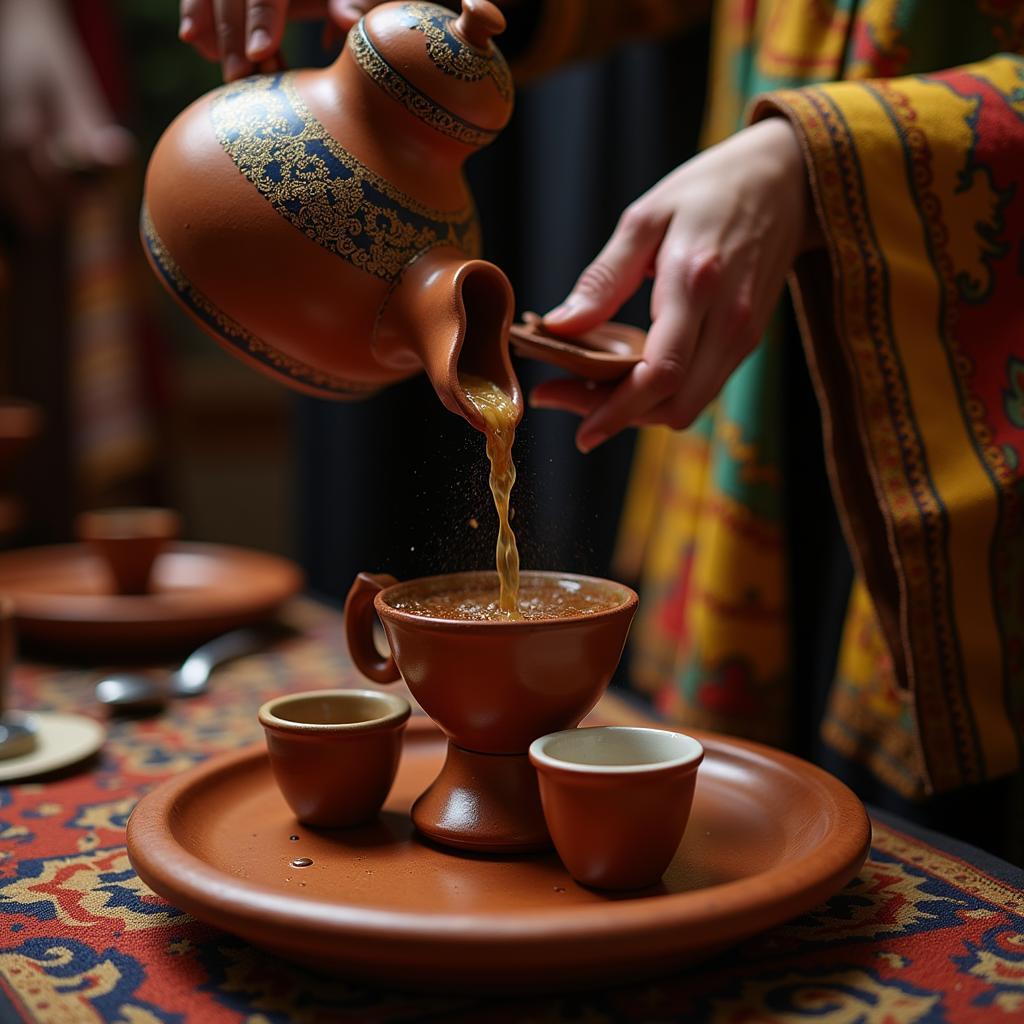A Comprehensive Timeline of African American Theatre
African American theatre is a rich tapestry woven with threads of resilience, creativity, and social commentary. This timeline explores the evolution of African American theatre, from its earliest roots in minstrelsy to its contemporary vibrant expressions. We will delve into key milestones, influential figures, and the socio-political context that shaped this powerful art form.
From Minstrelsy to the Harlem Renaissance: Early African American Theatre
The early years of African American theatre are unfortunately intertwined with the painful legacy of minstrelsy. White performers in blackface dominated the stage, perpetuating racist caricatures. However, even within these restrictive confines, Black artists began to emerge, carving out spaces for their own voices. The late 19th and early 20th centuries saw the rise of Black minstrel troupes, offering a complex and often subversive take on the dominant narrative. These performances, while problematic in their reliance on existing stereotypes, also provided crucial opportunities for Black actors and musicians to gain experience and build audiences.
The turn of the 20th century brought about a shift, with Black playwrights beginning to challenge the minstrel tradition. Companies like the Pekin Theatre in Chicago, founded in 1905, offered an alternative, showcasing original works by Black artists. These early plays often explored themes of racial uplift, promoting education and moral values as a path to social progress.
The Harlem Renaissance, a period of extraordinary artistic flourishing in the 1920s and 1930s, marked a turning point. Playwrights like Willis Richardson and Langston Hughes brought new perspectives and literary styles to the stage. Their works explored the realities of Black life in America, tackling themes of racism, identity, and the search for belonging. The Harlem Renaissance fostered the development of truly independent Black theatre companies and ushered in a new era of artistic expression.
Mid-20th Century: Civil Rights and the Black Arts Movement
The mid-20th century witnessed the rise of the Civil Rights Movement, which profoundly impacted African American theatre. Playwrights like Lorraine Hansberry, whose groundbreaking play A Raisin in the Sun debuted in 1958, brought the struggles for racial equality to the forefront. Her work challenged audiences to confront the systemic injustices faced by Black Americans and ignited conversations about housing discrimination, economic inequality, and the American Dream.
The Black Arts Movement of the 1960s and 70s further radicalized African American theatre. Playwrights like Amiri Baraka (LeRoi Jones) advocated for a Black aesthetic, rejecting assimilationist tendencies and embracing a revolutionary spirit. Their works celebrated Black culture, language, and history, often incorporating elements of music, dance, and poetry. The Black Arts Movement fostered a generation of politically engaged artists who used theatre as a tool for social change.
What was the impact of the Black Arts Movement on theatre?
The Black Arts Movement had a significant impact by promoting a distinctly Black aesthetic, challenging mainstream narratives, and using theatre as a tool for social and political activism. It led to the creation of numerous Black theatre companies and the development of new dramatic forms that centered Black experiences.
Contemporary African American Theatre: Diverse Voices and Continued Evolution
Contemporary African American theatre continues to evolve, reflecting the diverse experiences and perspectives of Black communities. Playwrights like August Wilson, Suzan-Lori Parks, and Lynn Nottage have garnered critical acclaim for their innovative and thought-provoking works. They explore themes of family, history, identity, and the ongoing struggle for social justice.
Who are some prominent contemporary African American playwrights?
Some prominent contemporary African American playwrights include August Wilson, known for his ten-play cycle chronicling the African American experience in the 20th century, Suzan-Lori Parks, known for her experimental and deconstructionist style, and Lynn Nottage, a Pulitzer Prize-winning playwright whose works explore themes of social justice and resilience.
Conclusion: The Enduring Power of African American Theatre
From the early days of minstrelsy to the vibrant contemporary scene, African American theatre has served as a powerful platform for artistic expression, social commentary, and cultural affirmation. The timeline we have explored reveals a dynamic art form that continues to evolve, challenging audiences to engage with complex issues and celebrating the resilience and creativity of Black artists. African American theatre remains a vital force in the American theatrical landscape, shaping our understanding of history, identity, and the ongoing pursuit of justice.
FAQ
- What is the significance of the Harlem Renaissance for African American theatre?
- How did the Civil Rights Movement influence Black playwrights?
- What are some key themes explored in contemporary African American theatre?
- Who are some influential figures in the history of African American theatre?
- Where can I find resources to learn more about African American theatre?
- What is the legacy of August Wilson’s work?
- How has African American theatre impacted mainstream American theatre?
For further assistance, please contact us at Phone Number: +255768904061, Email: kaka.mag@gmail.com Or visit our address: Mbarali DC Mawindi, Kangaga, Tanzania. We have a 24/7 customer service team.
